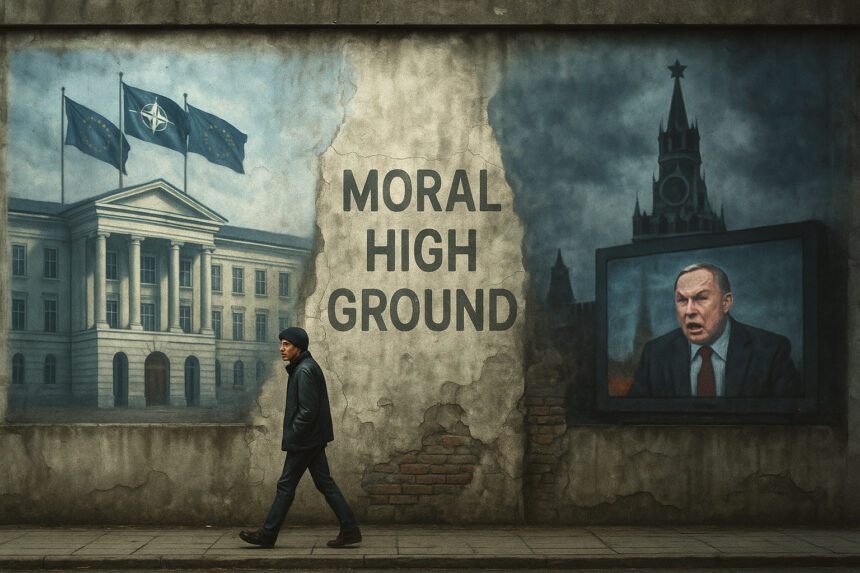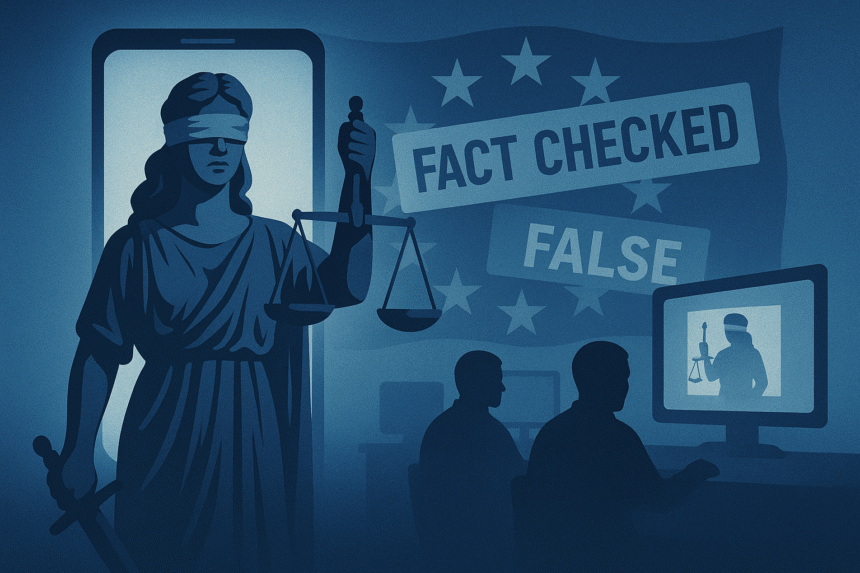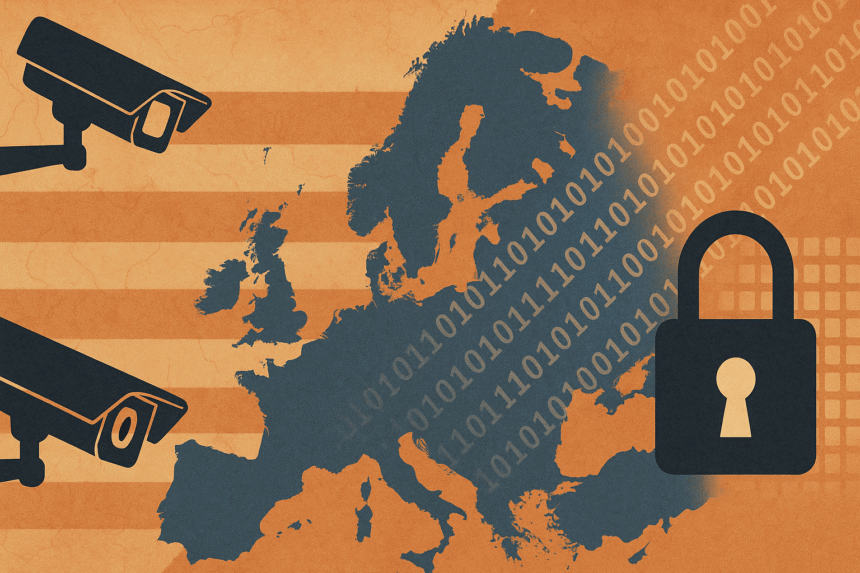Moral Terrain
Russia fights a war it cannot justify, while NATO fights wars it doesn’t need to. The difference is not moral conduct—it is narrative infrastructure. In this century, wars are won on The Moral Battlefield, where legitimacy, not firepower, defines victory. And on that terrain, the West holds strategic dominance by design.
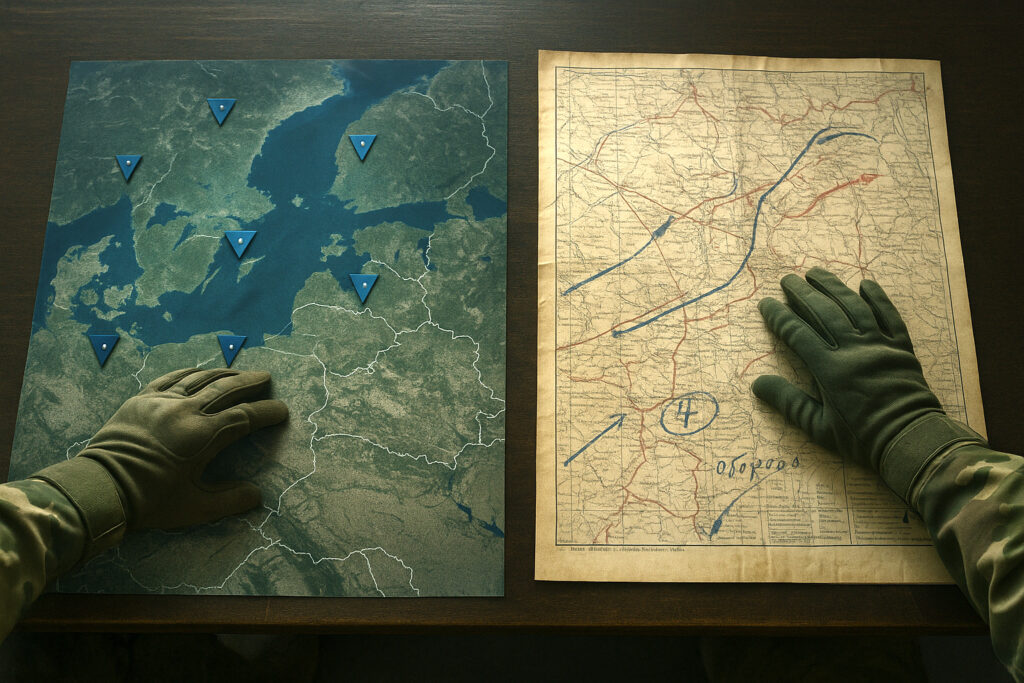
1. Morality As Strategic Terrain
Modern war operates across perception, not only position. While missiles destroy buildings, narratives restructure meaning. In this environment, moral framing has become a weapon system — not an ethical aspiration. States no longer require truth to be believed. They need only the authority to declare what truth is.
Consequently, the moral high ground functions less as a reflection of conduct and more as a function of narrative architecture. Russia lacks the infrastructure to hold this ground. NATO, by contrast, owns it. This asymmetry is not incidental. It reflects divergent institutional logics, media ecosystems, and civilizational self-mythologies. The result is a structural imbalance in the information domain that shapes every theatre of hybrid war, from Ukraine to the Sahel.
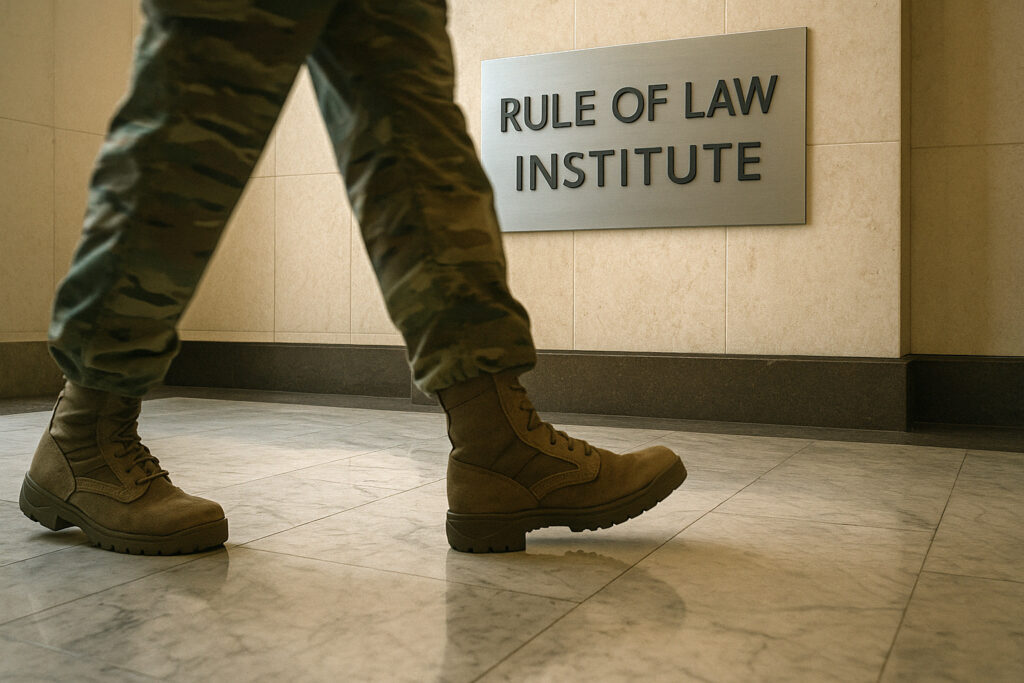
2. The Cost of Holding Moral Territory
Claiming moral superiority is not cheap. It requires a surplus of legitimacy, produced through decades of investment in rule-of-law institutions, soft power platforms, and trusted media ecosystems. In this model, morality becomes capital. It accumulates across history and can be spent to justify action, conceal violence, or override contradiction.
NATO’s central states — the United States, the United Kingdom, Germany, and France — possess this surplus. Their postwar mythologies have cast them as defenders of democracy and order, regardless of actual practice. As a result, interventions in Kosovo, Libya, and Ukraine are framed not as acts of aggression but as morally mandated responsibilities. Even collateral destruction is narrated as a tragic necessity, never as a moral failure.
This framework generates what RAND analysts call “narrative coherence”: the ability to sustain messaging reconciling contradiction under a stable ideological banner [1].

3. Russia’s Inability to Generate Moral Credit
Russia cannot compete on this terrain. After the Soviet collapse, it failed to construct a system capable of generating international or domestic moral legitimacy. Instead, it inherited cynicism and fused it with strategic nationalism. Its public discourse, driven by zero-sum realpolitik, instrumentalised memory and grievance. However, it never rebuilt trust.
Therefore, Russia’s messaging is locked in deficit. Its attempts to challenge the West — whether by invoking Western hypocrisy, referencing NATO expansion, or denouncing Ukrainian corruption — lack traction. The global audience, primed by Western media logic, dismisses these messages as disinformation or whataboutism. RAND’s 2022 study observed that
“Russian disinformation relies on saturation rather than plausibility, reducing its effectiveness in high-trust environments” [2].
Furthermore, the Kremlin’s own repression — from media suppression to extrajudicial detentions — corrodes any residual claims to moral standing. While the West hides violence behind institutions, Russia amplifies coercion as spectacle.
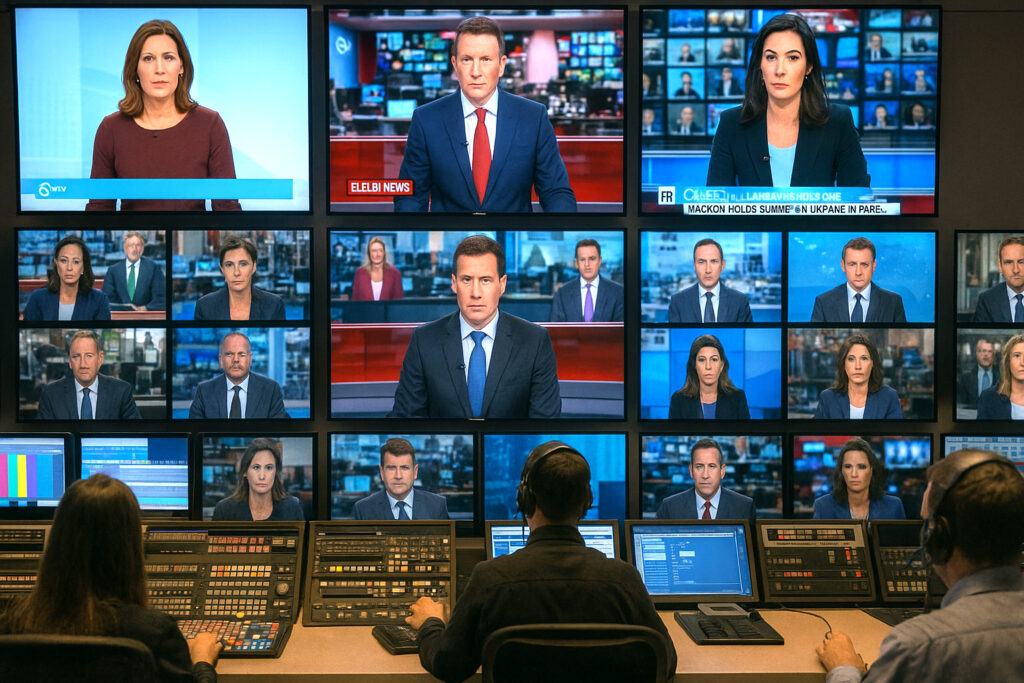
4. NATO’s Monopoly on Morality
NATO does not earn the moral high ground. It inherits and defends it. Through a transnational network of media, NGOs, diplomatic protocols, and cultural production, NATO sustains a near-total monopoly on the language of legitimacy.
Timothy Snyder’s The Road to Unfreedom shows how Western democracies engineered postwar self-conceptions around procedural virtue — transparency, justice, human rights — regardless of actual geopolitical conduct [3]. These systems now serve not as checks on power, but as narrative shields. Even when the West commits moral violations, its institutions absorb the blame. The system, never the actor, becomes the culprit.
Consequently, NATO actions — including drone strikes, regime change, and mass sanctions — remain framed as unfortunate but ethical. Meanwhile, Russia’s smaller-scale actions, even when arguably reactive, are condemned as proof of barbarism. This is not a reflection of scale, but of framing capacity.
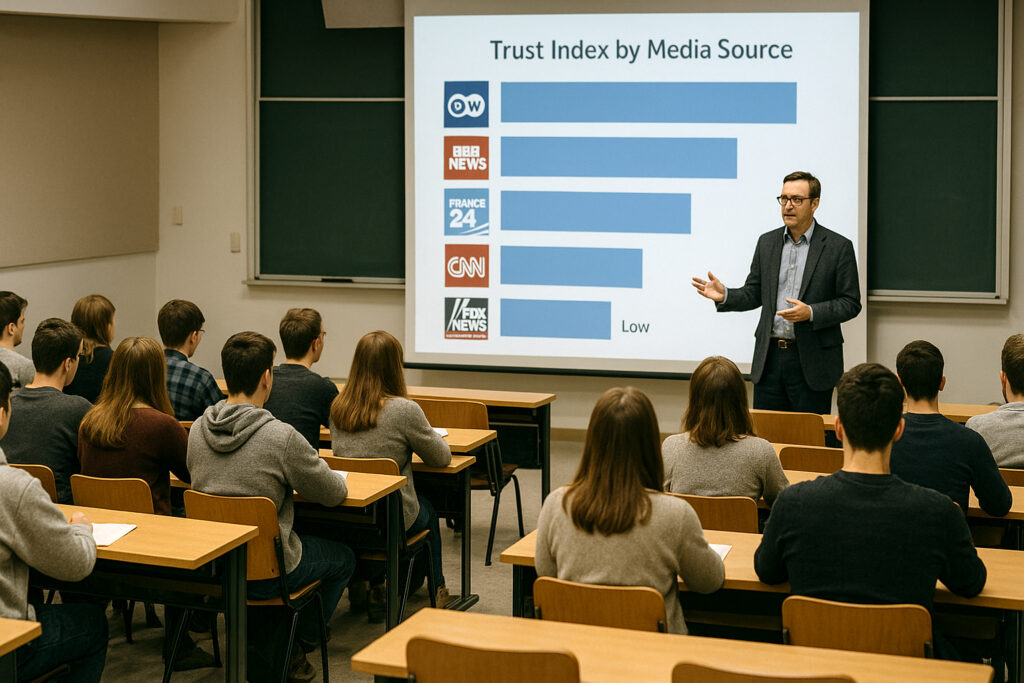
5. Information Warfare and the Economics of Belief
Propaganda functions through moral infrastructure. Western messaging benefits from distribution through platforms with perceived neutrality: the BBC, Reuters, Der Spiegel, Le Monde. These outlets carry embedded trust, not because of content accuracy, but because they belong to a system coded as civilised.
By contrast, Russian propaganda — delivered through RT, Telegram bots, and fringe influencers — triggers immediate suspicion. RAND analysts emphasise that
“Source credibility outweighs narrative content in determining influence, especially in contested theatres” [2].
This means NATO can lie and still be believed. Russia can tell the truth and still be dismissed. The narrative economy punishes those without moral credit and rewards those who manage the perception of virtue.
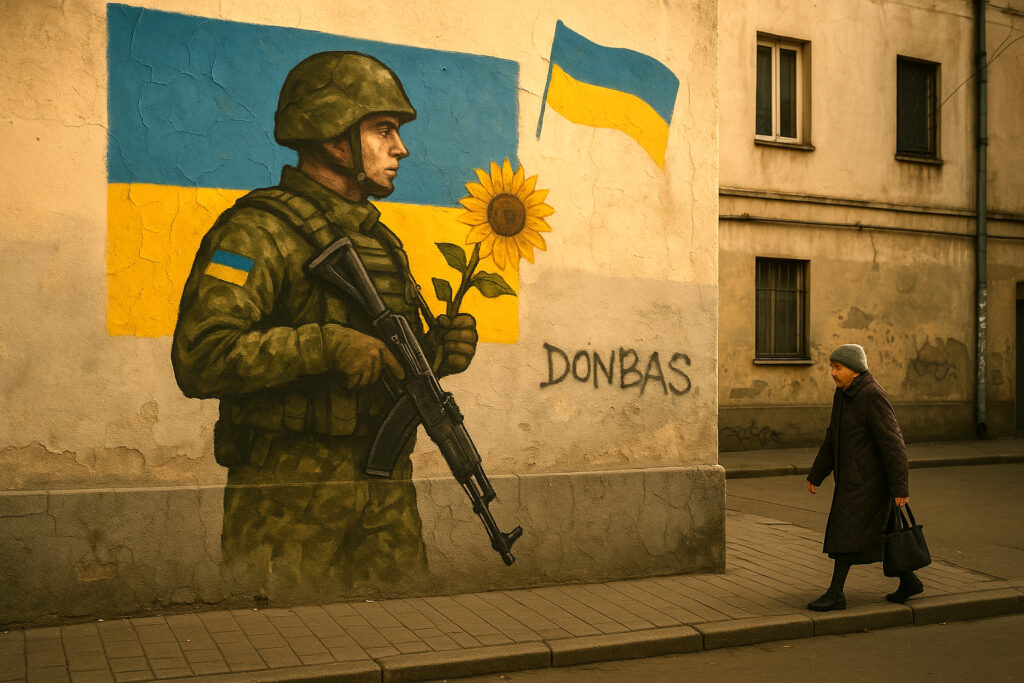
6. The Ukraine Test Case
Ukraine illustrates the full logic of this asymmetry. From the moment Russia invaded in February 2022, Western messaging flooded the discursive space with clarity: this was a war of aggression against a sovereign democracy. Images of resistance, stories of heroism, and symbols of freedom formed a coherent narrative. Western publics absorbed and reinforced it through memes, donations, and social alignment.
Russia’s counter-narratives — focused on NATO provocation, the 2014 Maidan coup, and Azov’s ultra-nationalism — failed to achieve penetration. Even when factual, they lacked narrative credit. The messenger had already been discredited. As a result, even Russia’s true statements entered the Western sphere as distortions.
Meanwhile, Ukrainian corruption, repression of opposition, and wartime censorship remain largely invisible. The West’s moral surplus makes these contradictions irrelevant to the larger story. Ukraine fights for freedom. Russia fights for empire. No further analysis required.
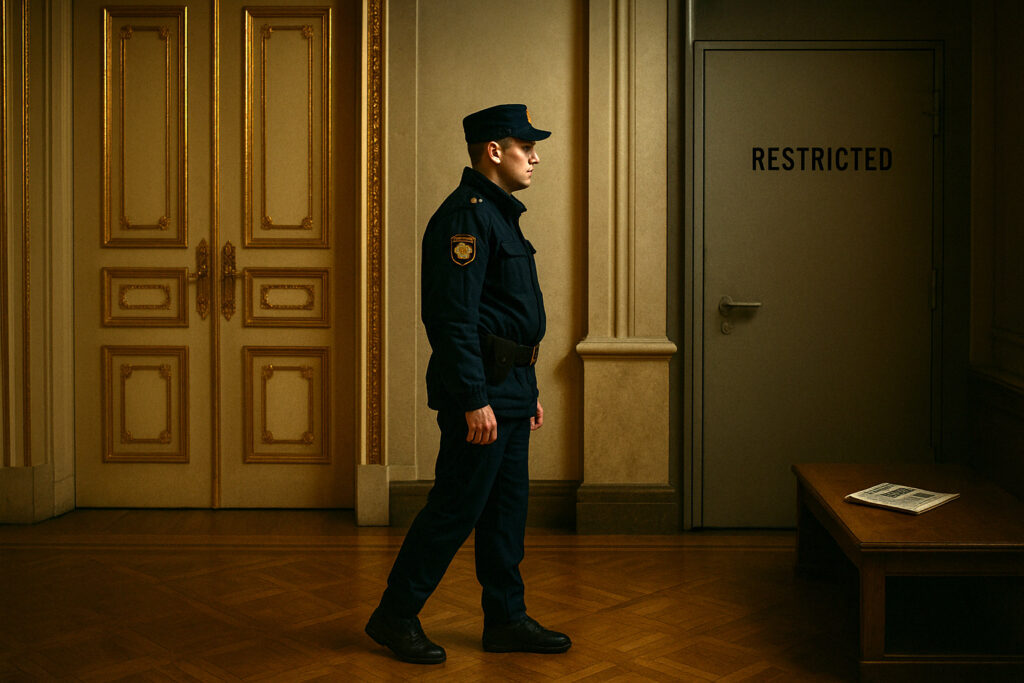
7. Why Russia Remains Strategically Cornered
Russia cannot escape this trap because the system that would generate moral surplus — independent courts, pluralistic media, civic autonomy — would destabilise the very regime that holds power. Therefore, the Kremlin must continue to rely on coercion, spectacle, and narrative exhaustion.
Attempts to pivot—for example, by appealing to the Global South with anti-colonial rhetoric—are undermined by a lack of institutional trust. Unlike China, which has invested decades in creating credible soft power platforms, Russia continues to operate as a narrative pirate: seizing opportunity but never building architecture.
In a hybrid war, this is a fatal weakness. Narrative is not noise. It is terrain. If you cannot occupy it, you cannot win.

8. The War of Moral Surpluses
We are not witnessing a battle between truth and falsehood. We are witnessing a battle between moral economies — between states that possess the institutional machinery to produce believable virtue, and those condemned to moral insolvency.
NATO’s most powerful weapon is not its arsenal. It is its ability to wage war while appearing righteous. Russia, by contrast, remains structurally locked out of that capacity. Until it restructures its internal system to generate credibility, its wars — whether fought with tanks, drones, or information — will always collapse under their own narrative weight.
And in a century where legitimacy equals power, this imbalance is not peripheral. It is the battlefield itself.
Fuel the Clarity
Frontline Europa exists to expose the unseen mechanics of modern conflict, where legitimacy, narrative, and perception determine strategic outcomes. If this analysis deepened your understanding, help us expand the front.
Share this report with those who still believe wars are only fought with weapons.
Support our civilian intelligence work directly by becoming a patron:
Your backing strengthens an independent platform dedicated to forensic clarity in the fog of hybrid war.
REFERENCES
- Treyger, E., Cheravitch, B., & Cohen, R. (2022). Russian Disinformation Efforts on Social Media. RAND Corporation.
- Snyder, T. (2018). The Road to Unfreedom: Russia, Europe, America. Tim Duggan Books.
